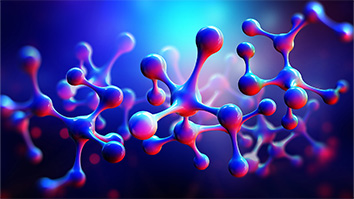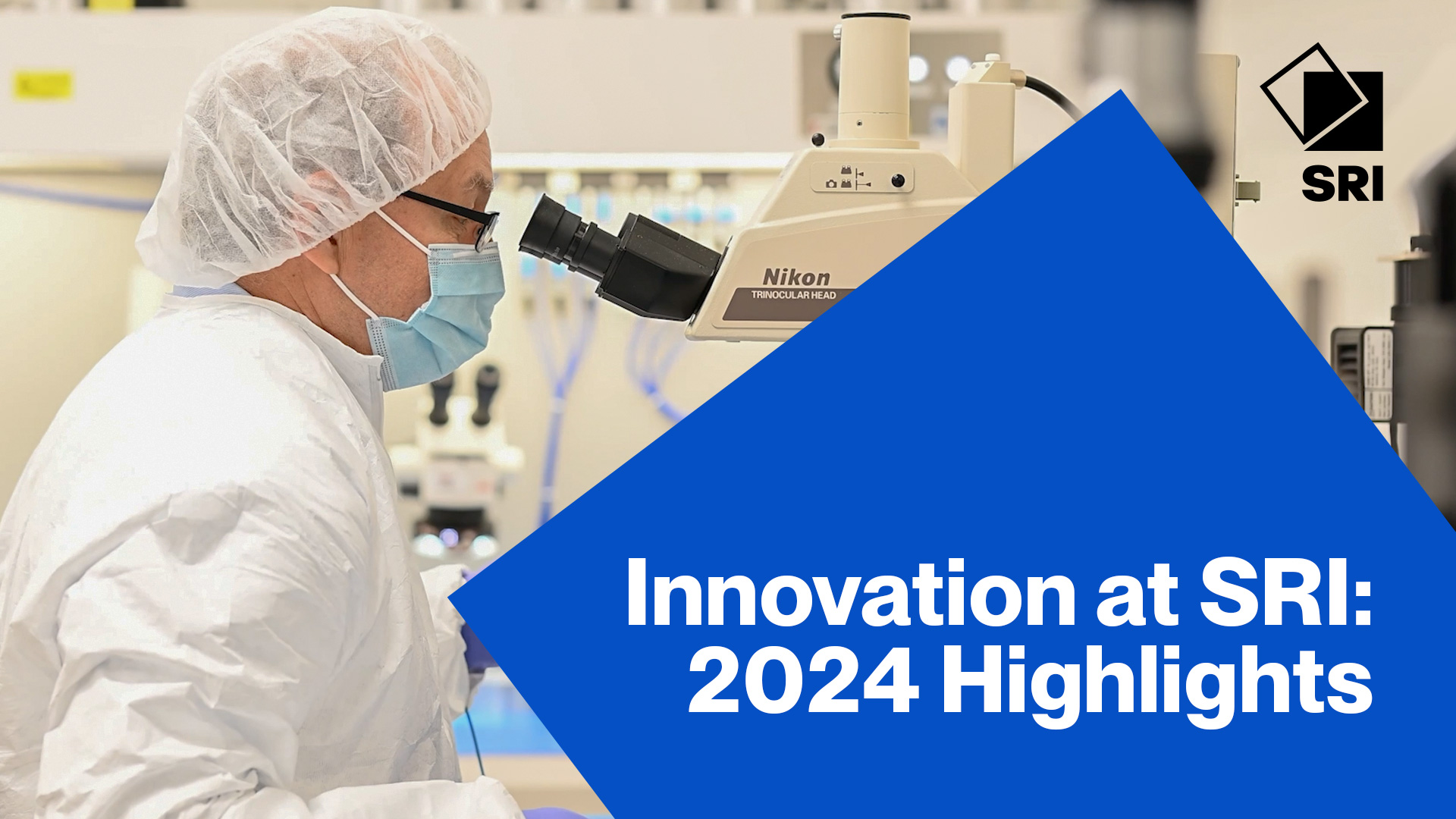Citation
Kiesel, P.; Beck, M.; Johnson, N. M. Microfluidic-based flow cytometer based on spatially modulated fluorescence emission. XXV Congress of the International Society for Advancement of Cytometry (CYTO 2010); 2010 May 8-12; Seattle, WA.
Abstract
The strategic landscape for biological and biomedical testing is undergoing a truly disruptive transformation. Today the majority of tests are performed at major, centralized clinical laboratories since compact, robust, and inexpensive instruments for point of care (POC) testing are not available. The principal drivers for POC testing are reducing costs, obtaining timely test results, lowering mortality rates, and reducing morbidity. Commercial flow cytometers are sophisticated analytical instruments extensively used in research and clinical laboratories. However, they do not meet the challenging practical requirements for point-of-care (POC) testing. We have demonstrated and tested a new optical detection technique that delivers high signal-to-noise discrimination without precision optics to enable a flow cytometer that can combine high performance, robustness, compactness, low cost, and ease of use. The enabling technique is termed spatially modulated emission and generates a time-dependent signal as a continuously fluorescing bio-particle traverses a predefined pattern for optical transmission. Correlating the detected signal with the known pattern achieves high discrimination of the particle signal from background noise. In conventional flow cytometry, the size of the excitation area is restricted approximately to the size of the particle. Our method uses a much larger excitation area to increase the total flux of fluorescence light that originates from a particle. Despite the large excitation area, the mask patterning enables a high spatial resolution in the micron range. This allows for independently detecting and characterizing particles with a separation (in flow direction) that can approach the dimension of individual particles. In addition, the concept is intrinsically tolerant to background fluorescence originating from fluorescent components in solution, fluorescing components of the chamber and contaminants on the surface. The detection technique has been extensive evaluated with measurements of absolute CD4+ and percentage CD4 counts in human blood. To benchmark our system we performed a direct one-to-one comparison of measurements on the same samples with a commercial instrument (BD FACSCount) and obtained excellent agreement for both absolute CD4 and percentage CD4. We have assembled the first generation of a compact (~5x3x2 inch), single-parameter, flow cytometer based on the spatial modulation technique which uses a pin photodiode for detection rather than a PMT or APD. Measurements of the sensitivity and dynamic range of the prototype were conducted with 3.8-um ultra-rainbow calibration beads (Spherotech) and yielded a detection limit of ~1000 MEPE, which meets the needs for a wide range of bio-particle-detection applications. The sensitivity can be significantly increased for sub-m particles by the use of a pixelated APD.


